(10945 products available)














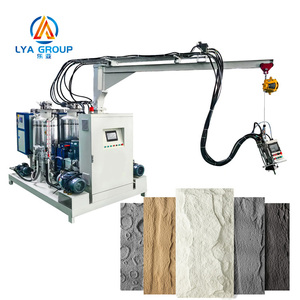









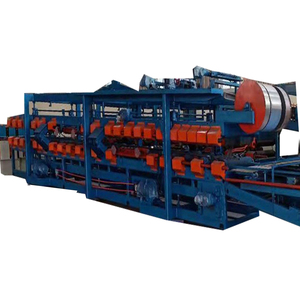




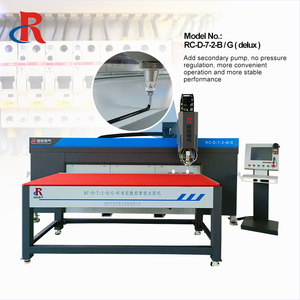






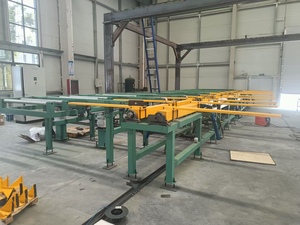


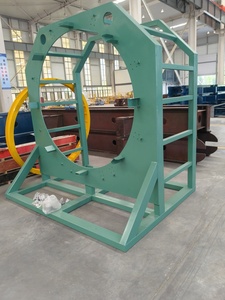

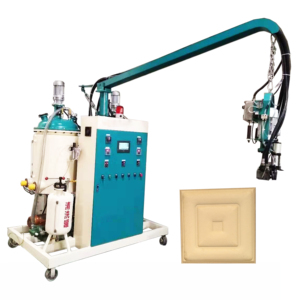

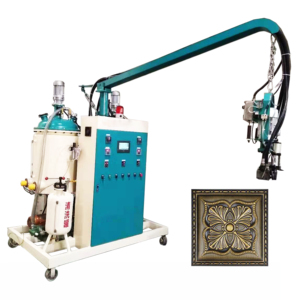









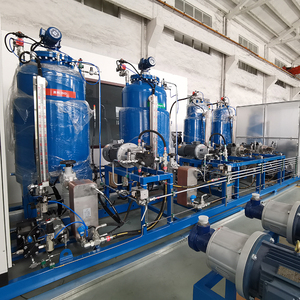
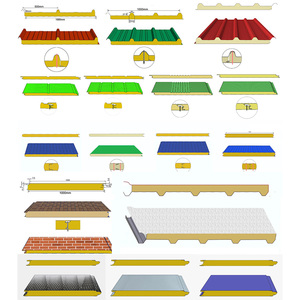


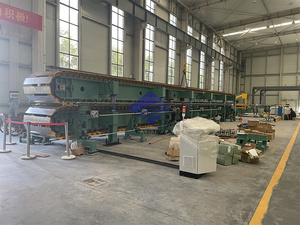













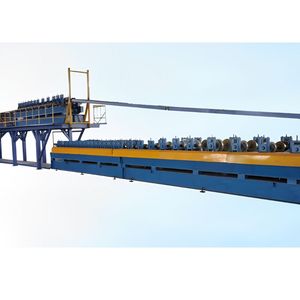
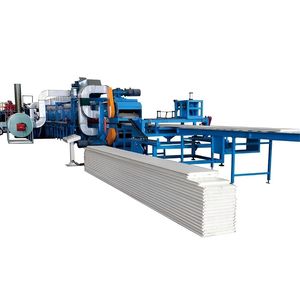









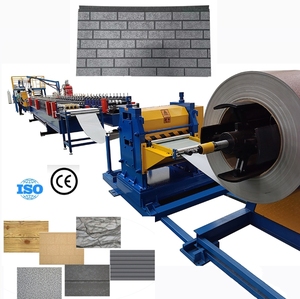




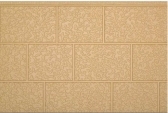













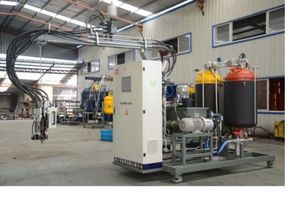














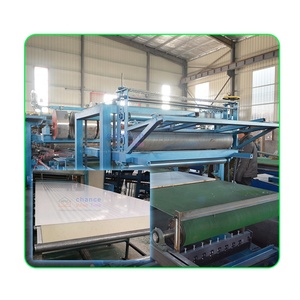
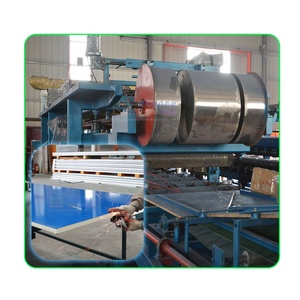
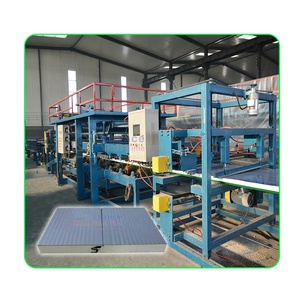



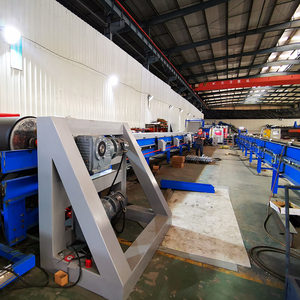
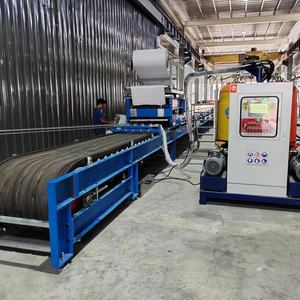






























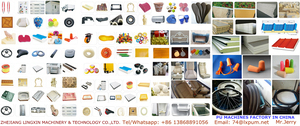




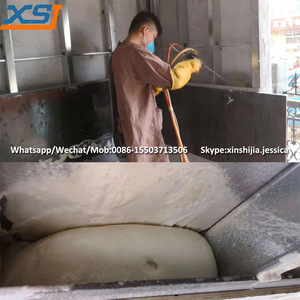
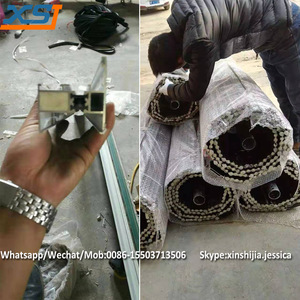
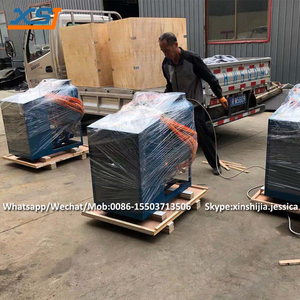



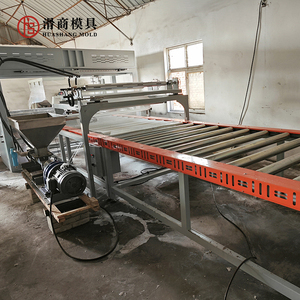


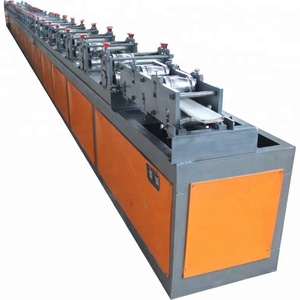
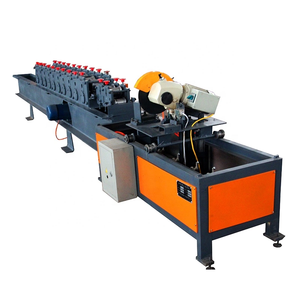


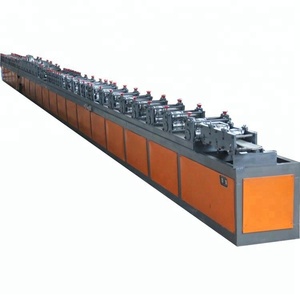



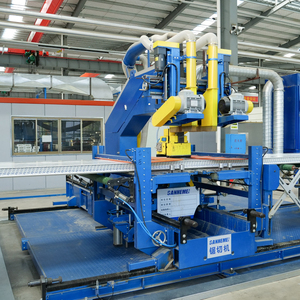




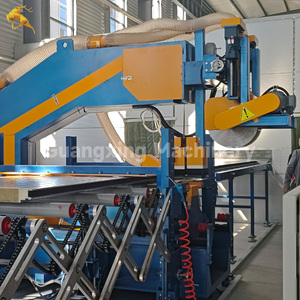

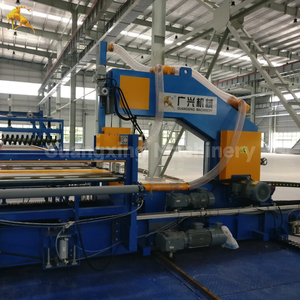
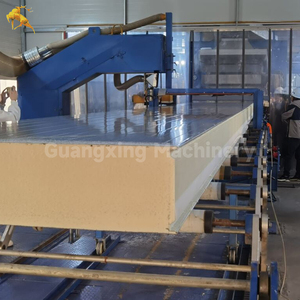



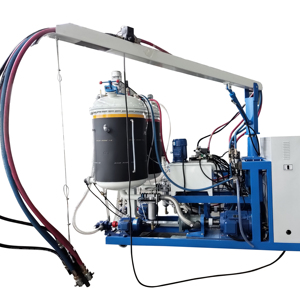
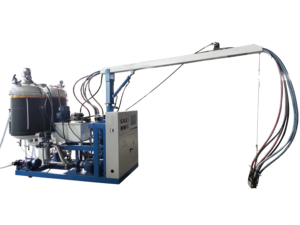





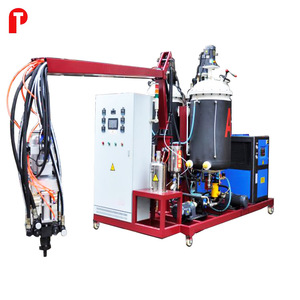


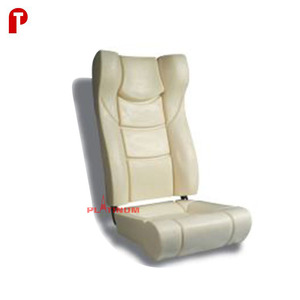



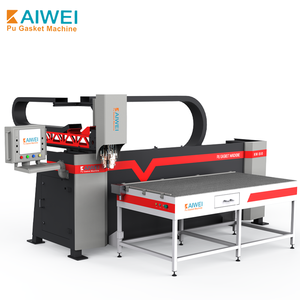



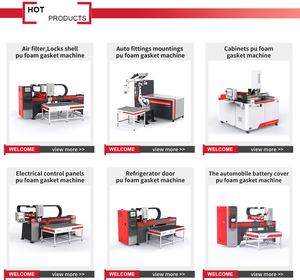







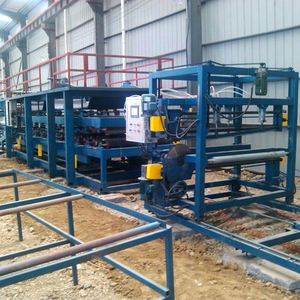




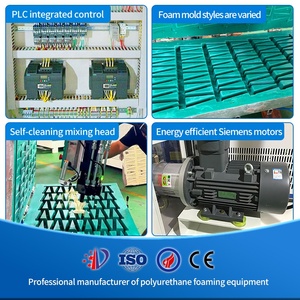



Polyurethane panels machinery refers to the equipment and tools used to produce polyurethane (PU) panels. PU panels are rigid foam boards composed of polymer chains formed through a chemical reaction between specific substances. They are lightweight, and their thermal conductivity makes them great for energy saving.
The following are some of the commonly used types of machinery for manufacturing PU panels:
Polyurethane Spray Machine
The polyurethane spray machine is industrial equipment or automatic device used to spray polyurethane foam over surfaces. It is often used to apply insulating foam in building construction or to create protective coatings for various industrial applications. The machine functions by mixing the two separate components (the isocyanate and the polyurethane part) which are heated and passed through a high-pressure spray gun. There are different types of spray machines, including mobile units, plural component proportioning units, cross-linking, and multiple mixing heads.
Direct Injection Machine
This manufacturing machine produces polyurethane panels for partitions and cold storage by directly injecting the polyurethane mixture between facing materials. The parameters for direct injection machines include density, pressure, temperature, and volume. When it comes to the production efficiency, it is normally 60-80 meters per hour for polyphenylene ether, and 80-120 meters per hour for polyester polyisocyanate.
Roll Forming Machine
A roll forming machine helps to produce the cores of PU sandwich panels of various types and specifications. It works by thermally bonding and mechanically fastening the polyester fabric to the polyurethane foam. The device is equipped with a PLC control box that has parameters including the control of the forming speed and foam quantity. This means that operators can easily adjust the speed and foam quantity as per their needs. As a result, the production speed is about 1.2 - 1.5m/min and the foam thickness ranges from 30mm to 100mm.
Depaneling Machine
Operating a depaneling machine is quite simple. The operator needs to set the panel length and then enter it into the machine. The blade will then cut the panel according to the desired length. The depaneling machines are equipped with table and fence adjustments so as to make sure that it can easily cut panels with width up to 48”. More importantly, the machine ensures precision cuts with paneling errors of less than 0.25”. All the above-mentioned features help to improve efficiency and save time.
Mixing Head:
The mixing head is an essential component in polyurethane spray panel machinery. It is used to fully mix the two components of liquid polyurethane (isocyanate and polyol) and any additives or blowing agents before the mixture is pumped or sprayed onto the surface to be insulated. The mixing head usually has an injector, a mixing chamber, and an exit nozzle. The injector injects the liquid components into the mixing chamber, where they are mixed thoroughly by the flowing head, and then the mixed fluid is sprayed out of the nozzle. The designs of mixing heads can ensure the uniformity and quality of the spray insulation.
Foaming Pump:
In the polyurethane spray panel machine, foaming pumps transport the liquid components of polyurethane (isocyanate and polyol) from separate storage tanks to the mixing head. The function of foaming pumps is to accurately measure and pump the liquids, ensuring the precise and consistent preparation of the spray foam. Foaming pumps come in different types, such as mechanical pumps, pneumatic pumps, and others, which may use different principles and methods to operate.
Storage Tanks:
In the machine for making polyurethane panels, storage tanks are used to store the two liquid components of polyurethane (isocyanate and polyol) separately. The tanks provide a stable supply of raw materials for the preparation and spraying of polyurethane foam by keeping and managing the conditions of the liquids. The materials, sizes, and designs of storage tanks may differ according to the needs and scales of the equipment to ensure proper storage and supply of the raw materials.
To keep the equipment for making polyurethane panels in good working condition, it is important to maintain and care for it properly. Following is some maintenance advice and things to pay attention to when using the equipment:
The machinery that makes polyurethane panels has many uses in different industries. It builds different types of panels that serve various purposes in construction, refrigeration, cold storage, and the automotive sector.
Overall, the machinery that makes polyurethane panels has a wide range of uses in construction, cold storage, refrigeration, and the automotive industry. The panels produced are lightweight, insulated, and efficient, improving energy use and temperature control in these applications.
There are several factors to consider when buying a polyurethane panel machine. Among them are production capacity, efficiency, quality of final product, machine configuration and control system, and safety and environmental considerations.
Production capacity is the amount of panels a machinery manufacturer can produce in a typical year. This is important for businesses looking to meet a certain level of demand. Small businesses looking to grow won't need to worry too much about the machine's capacity. However, it is an important factor to consider when purchasing for large-scale production.
Machinery for producing polyurethane panels consumes a lot of energy. So, it is critical to consider the efficiency of the machine. Go for the more efficient machines, as they save operating costs and have a lesser environmental impact.
The final product's quality hinges on the configuration and performance of the machinery. The fittings of the machine must have accurate sizes and be high quality to ensure precision during production. A high-quality polyurethane panel machine also ensures that the final product is durable and will resist wear and tear.
Machines may have different configurations depending on what type of panel they will produce. A simple, manual configuration is ideal for small businesses. But for large-scale production, an automated, integrated system that will streamline the entire process is necessary.
Modern polyurethane panels production machines come with advanced control systems that allow for precise regulation of the entire production process. Such machines are easier to use, and they also reduce wastage and production errors.
Safety is another important consideration when purchasing a polyurethane panel machine. Check for certifications, safety guards, and emergency stop buttons. Also, consider the environmental impact of the machinery. It must have emissions and waste disposal standards.
Q1: What types of machines are used for polyurethane panel aims in the construction field?
A1: In the construction field, the machinery used for polyurethane panels includes machines for producing rigid foam panels, high-density foam panels, structural insulated panels, and composite panels.
Q2: What is the market size of the global polyurethane market?
A2: According to Fortune Business Insights, the global polyurethane market size was valued at USD 70.30 billion in 2022. The market is projected to grow from USD 73.65 billion in 2023 to USD 110.92 billion by 2030, exhibiting a CAGR of 5.9% during the forecast period.
Q3: What are the recent trends in the global polyurethane panels market?
A3: The global demand for eco-friendly materials is rising. Because of this, the usage of bio-based raw materials and polyurethane continues to grow. Also, technological developments in the production of polyurethane panels machinery are steadily improving the precision, efficiency, and automation of equipment.
Q4:What are the growth factors of the global polyurethane panels market?
A4: The growth of the global polyurethane panels market is influenced by factors like the increasing demand for insulation materials, the growing furniture and bedding industry, the booming automotive industry, and the rapid urbanization and infrastructure development across the globe.